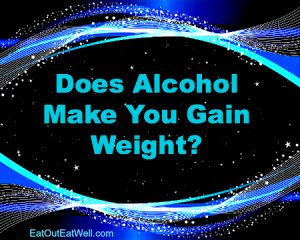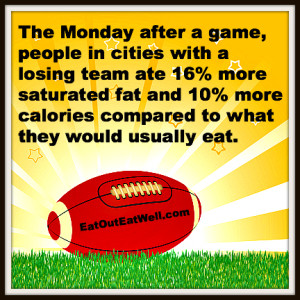Here are the calories in some popular Halloween candy in case you want to minimize the caloric damage (you didn’t read that wrong — candy has a big range of calories and fat grams):
- Brach’s Milk Maid Caramels: 4 pieces; 160 calories; 4.5 g fat
- Kit Kat: Twix Miniatures (3 pieces); 150 calories; 7g fat
- Butterfinger: Fun size; 100 calories; 4g fat
- Snickers: Fun size; 80 calories; 4g fat
- Reese’s Peanut Butter Cup: Fun size; 80 calories, 4.5g fat
- M&Ms: Fun size bag; 73 calories; 3g fat
- Tootsie Rolls: 3 pieces; 70 calories; 1.5g fat
- Brach’s Candy Corn: 11 pieces; 70 calories; 0g fat
- Hershey’s Milk Chocolate: snack size .49-ounce bar; 67 calories; 4g fat
- 3 Musketeers: Fun size; 63 calories; 2g fat
- Skittles Original Bite Size: Fun size bag; 60 calories; 0.7 g fat
- Tootsie Roll Pop: 1 pop; 60 calories; 0g fat
- Now and Later: 4 pieces; 53 calories; .5g fat
- Peppermint Pattie: Fun size; 47 calories; 1g fat
- Starburst Original Fruit Chews: 2 pieces; 40 calories; 0.8g fat
- Dum Dum Pops: 1 pop; 25 calories; 0g fat




